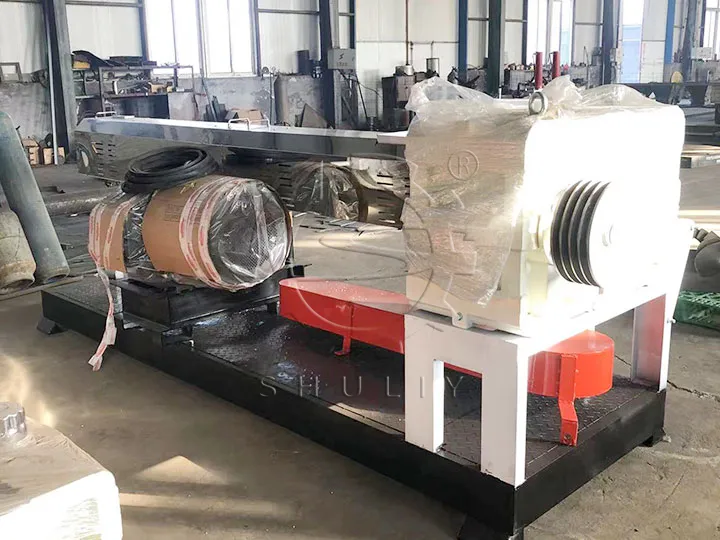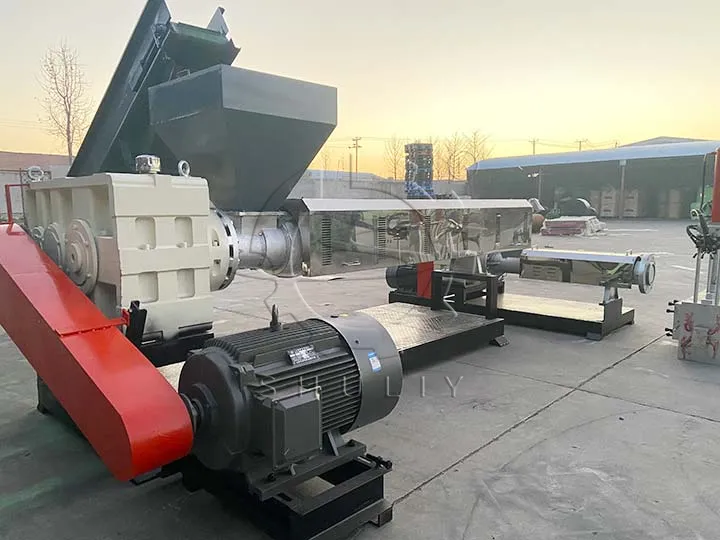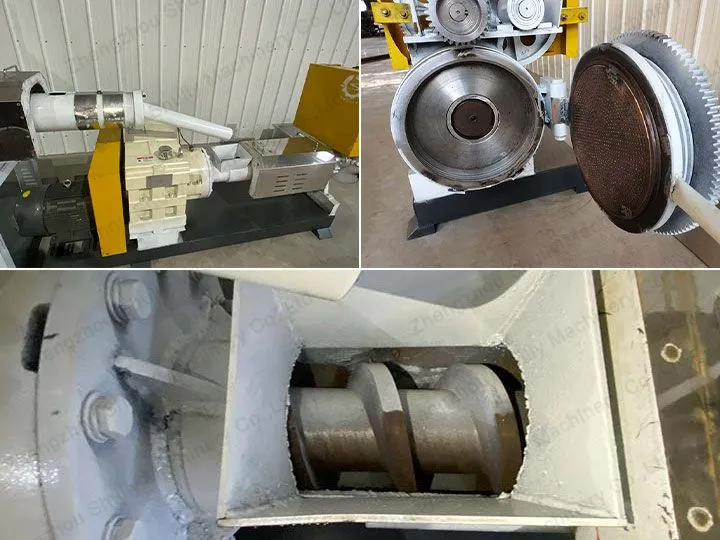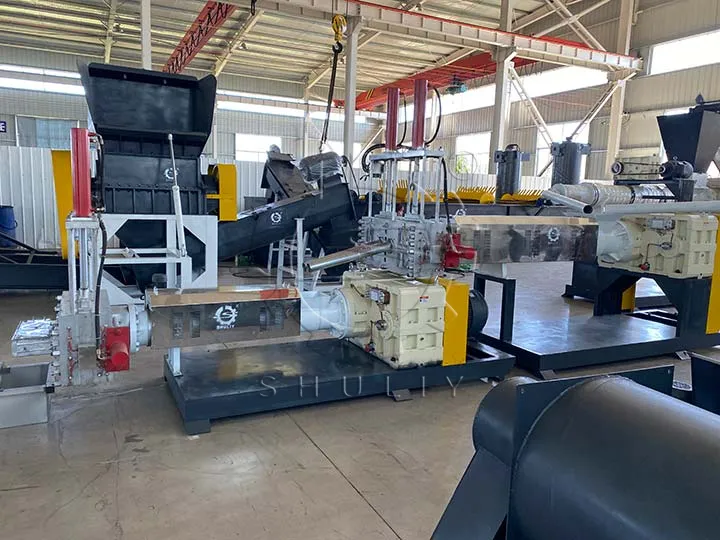Mesin pelet daur ulang plastik adalah salah satu peralatan terpenting dalam pemrosesan daur ulang plastik, namun pengoperasiannya yang benar memerlukan pembersihan dan pemeliharaan rutin. Prosedur pembersihan yang tepat dapat memastikan pengoperasian mesin granulator daur ulang plastik yang efisien dan memperpanjang umur peralatan sekaligus memastikan kualitas dan keandalan pelet plastik daur ulang. Langkah-langkah pembersihan dan pertimbangan utama untuk granulator plastik dijelaskan secara rinci di bawah.

Mengapa saya perlu membersihkan pelet plastik saya?
- Hindari kontaminasi dan kontaminasi silang: Residu plastik, kotoran, atau pencampuran berbagai jenis plastik selama pengoperasian dapat menyebabkan kontaminasi dan mempengaruhi kualitas pelet.
- Meningkatkan efisiensi produksi: Pembersihan dapat menghilangkan penumpukan bahan limbah pada mesin granulator daur ulang plastik, menjaga mesin tetap berjalan lancar dan meningkatkan efisiensi produksi mesin pelet daur ulang plastik.
- Memperpanjang umur peralatan: Pembersihan dan perawatan rutin mengurangi keausan pada komponen mesin dan memperpanjang umur mesin granulator daur ulang plastik.

Langkah-langkah pembersihan mesin pelet daur ulang plastik
Langkah 1: Matikan dan periksa keamanan
Sebelum membersihkan, pastikan untuk mematikan daya mesin pelet daur ulang plastik dan melakukan pemeriksaan keamanan menyeluruh. Pastikan peralatan benar-benar berhenti dan komponen dalam kondisi aman.
Langkah 2: Hapus residu
Menggunakan alat yang sesuai, hapus dan sapu sisa dan partikel dari bagian dalam dan luar mesin pelet plastik untuk dijual. Perhatikan area yang perlu dibersihkan, seperti saluran masuk bahan, saluran keluar, dan jaring penyaring.
Langkah 3: Bongkar dan bersihkan bagian-bagiannya
Selangkah demi selangkah, bongkar dan bersihkan komponen utama mesin pelet daur ulang plastik sesuai dengan pedoman pembersihan yang diberikan oleh produsen mesin ekstruder plastik. Bagian-bagian ini mungkin termasuk sekrup, saringan, kepala cetakan, dll. Dengan menggunakan bahan dan alat pembersih yang sesuai, pastikan bahwa bagian-bagian tersebut dibersihkan secara menyeluruh untuk memastikan salurannya bersih untuk menghindari penyumbatan dengan residu plastik dan bagian-bagian tersebut benar-benar kering sebelum pemasangan kembali.

Langkah 4: Inspeksi dan pelumasan
Periksa seluruh bagian mesin pelet daur ulang plastik untuk memastikan tidak rusak atau aus. Lakukan pelumasan yang diperlukan untuk memastikan kelancaran pengoperasian antar bagian sebelum perakitan kembali.
Langkah 5: Uji coba
Setelah perakitan ulang selesai, sambungkan kembali catu daya dan lakukan uji idle pada unit. Pastikan semua bagian dipasang dengan benar dan pelet plastik yang dijual beroperasi dengan baik tanpa suara atau getaran yang tidak biasa.

